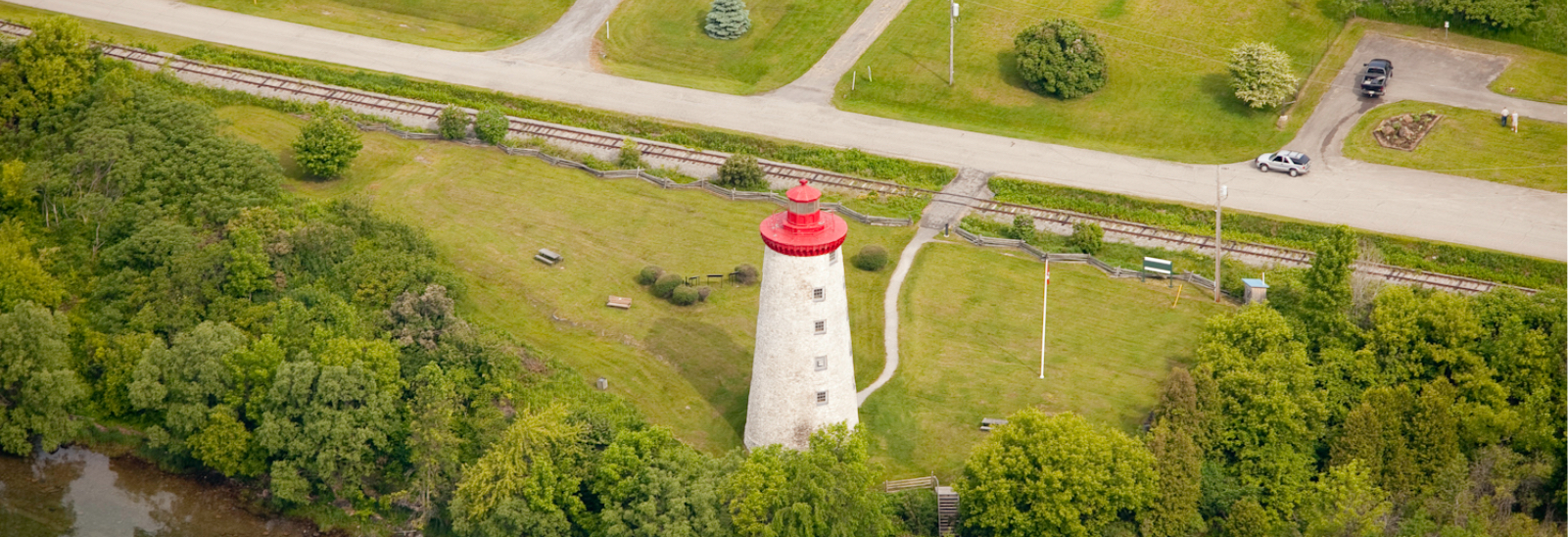Outdoor Air Quality
.png)
This information is provided by the Leeds Grenville & Lanark District Health Unit. Read the full article on the Health Unit’s website.
Poor outdoor air quality can contribute to poor health. It can cause lung disease and make breathing difficult for some. The Ontario government monitors outdoor air quality using the Air Quality Health Index (AQHI). When a Special Air Quality Statement is issued for our area, the Health Unit will send out information to the public. Check the Air Quality Health Index (AQHI) for the closest air quality monitoring station (Kingston, Ottawa, Cornwall) to see what the current outdoor air quality is. During a Special Air Quality Statement, the AQHI can change quickly so check it regularly. Use the table below to guide your actions and see what the health messages are for the general population and people who are considered at greater risk for negative health consequences.
Low Health Risk (AQHI 1-3) |
|
Health Risk for At Risk Population (People with heart or breathing problems are at greater risk. Follow your doctor’s usual advice about exercising and managing your condition.): Enjoy your usual outdoor activities. Health Risk for General Population: Ideal air quality for outdoor activities. Specific Groups:
|
Moderate Health Risk (AQHI 4-6) |
|
Health Risk for At Risk Population (People with heart or breathing problems are at greater risk. Follow your doctor’s usual advice about exercising and managing your condition.): Consider reducing or rescheduling strenuous activities outdoors if you are experiencing symptoms. Health Risk for General Population: No need to modify your usual outdoor activities unless you experience symptoms such as coughing and throat irritation. Specific Groups:
|
High Health Risk (AQHI 7-10) |
|
Health Risk for At Risk Population (People with heart or breathing problems are at greater risk. Follow your doctor’s usual advice about exercising and managing your condition.): Reduce or reschedule strenuous activities outdoors. Children and the elderly should also take it easy. Health Risk for General Population: Consider reducing or rescheduling strenuous activities outdoors if you experience symptoms such as coughing and throat irritation. Specific Groups:
|
Very High Health Risk (AQHI above 10) |
|
Health Risk for At Risk Population (People with heart or breathing problems are at greater risk. Follow your doctor’s usual advice about exercising and managing your condition.): Avoid strenuous activities outdoors. Children and the elderly should also avoid outdoor physical exertion. Health Risk for General Population: Reduce or reschedule strenuous activities outdoors, especially if you experience symptoms such as coughing and throat irritation. Specific Groups:
|
Source: Government of Canada: Understanding Air Quality Health Index messages
Use the following link for information about the current forest fire danger, forest fire activity including an interactive map, and fire restrictions across the province.
Take Action to Avoid Forest Fire Smoke
Forest fire smoke can be harmful to everyone’s health, even at low concentrations. People with lung disease (such as asthma or Chronic Obstructive Pulmonary Disease) or heart disease, older adults, pregnant people, infants and young children, and people who work or exercise outdoors are at higher risk of experiencing negative health effects caused by forest fire smoke. Avoid forest fire smoke by doing the following:
- Limit outdoor activities. If you have difficulty breathing, reduce your activities or stop altogether. Consider wearing a respiratory mask (N95, KN95) when outdoors.
- Stay cool and drink lots of water to help your body cope with the smoke.
- Check in on others who may be more vulnerable to air pollution.
- Prevent outdoor air from getting into your home by:
- Keeping windows and doors sealed.
- Installing a high quality air filter in your heating, ventilation and air conditioning (HVAC) system to remove air pollution from incoming air. Set the HVAC system to recirculation mode.
- Limit the use of exhaust fans when not cooking.
- Avoid sources of indoor air pollution:
- Smoking
- Burning incense and candles
- Vacuuming
- Using wood stoves
- Using cleaning products that emit volatile organic compounds (VOCs)
- For those with lung or heart disease, ensure that you have the medication you need to manage symptoms and prevent exacerbations.
For more information
- Air Quality Health Index (AQHI)
- Protecting your health from wildfire smoke
- Weather alerts for Canada
- Sign up for air quality alert email notifications
- Government of Canada: Outdoor air pollution and health
- Government of Ontario: Forest fire smoke and your health
- Open Air Burning
- Public Health Agency of Canada (PHAC): Climate change, air contaminants, and your health














